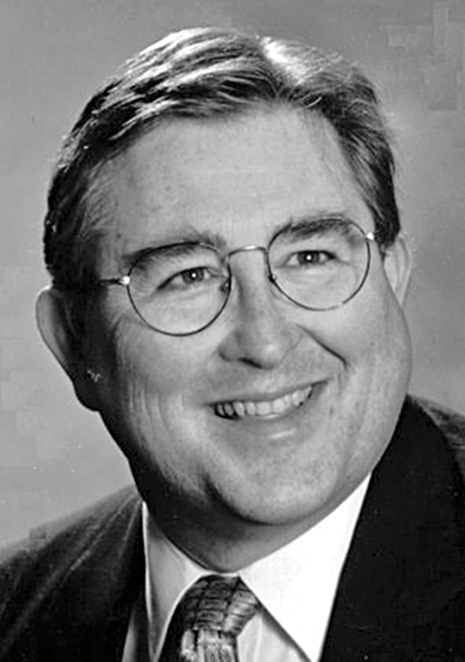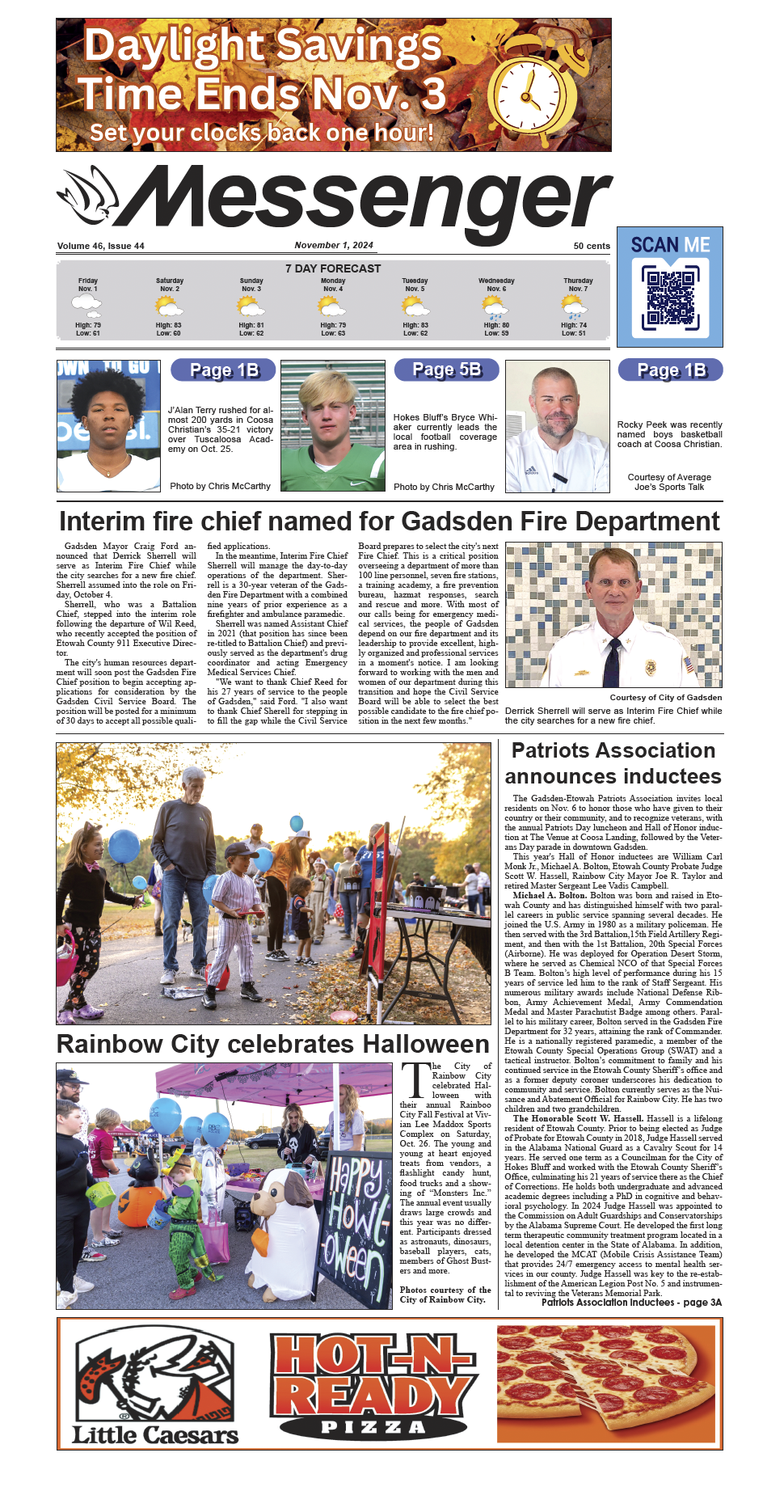By Danny Crownover
The Vagabond reported in a past column about a Chickasaw Indian village once located south of Big Wills Creek around Rainbow Drive near the entrance to Whorton Bend. The village was called Natchez Village.
Around the 1750s, the Principal Chickasaw Chief Chinnaby brought his people to that location. They originally were Natchez Indian trying to escape being killed off by the French. They had nearly been decimated and came to this area to become Chickasaws.
The Chickasaws already had established a trade route with the British from near Memphis, Tennessee, through what is now Gadsden and all the way to Charleston, South Carolina. Called the High Town Path, the Chickasaws and British had established posts along this route, including this area.
Located on the north side of Big Wills Creek was Cherokee land and a small village called Frogtown, which went from the Coosa River all the way to Black Creek and beyond. The Vagabond recently discovered that Frogtown Village was named for the Cherokee In-dian named Spring Frog. This was verified in an old article found in the Cherokee Phoenix, a Cherokee newspaper printed in both Cherokee and English.
Spring Frog was known by the Cherokees as both “Tooantah” and “Dustu.” He was born on the north side of Chickamaugua Creek at the edge of Lookout Mountain near Chattanooga, Tenn., in 1754. He died July 31, 1859, in Oklahoma.
Spring Frog was the grandson of the Raven of Chota, making him the last line of the Great Chiefs of Chota. Spring Frog was a representative of the old aboriginal Cherokee Nation. The log cabin in which he was born is located in the wildlife sanctuary of the Chattanooga Audubon Society.
The reason we now know that Spring Frog lived near where today’s Gadsden Mall is located is due to an incident that nearly caused a war between the United States and the Creek Indians prior to the Creek War.
The incident involved the Parson and Reverend Gide-on Blackburn a Presbyterian minister of Maryville, Tenn. One of the most eminent Presbyterian clergymen in the West, Blackburn was successful in his work among the Indians.
The good parson, however, had another side to him besides preaching.
It was long suspected that he operated an illegal whiskey trade and took the opportunity to use others to front his illegal goings-on. He ran a distillery where the “incident” occurred in what was is now Gadsden. Blackburn came to sell liquor illegally to the Indians, leading to his exposure as a liquor peddler. It was noted that “Gideon Blackburn was at one time a large-scale dealer in liquor.”
Blackburn was descending the Coosa River with two flatboats of whiskey when he arrived at Chief Pathkiller’s home near Turkey Town.
Pathkiller informed Blackburn that there was a large camp of Creek Indians at the Ten Islands and thought that if Blackburn went there, the Creeks would take his whiskey from him.
Upon hearing this news, Blackburn determined he would not go down the river any further. He had Path-killer store up his whiskey, which was put into one of the chief’s houses and locked up. Pathkiller and Blackburn then went home.
After Blackburn was gone, the Creeks heard of the whiskey. They demanded it of Pathkiller and threatened to break down the door if he would not open it. Pathkiller was compelled to hand over his key. There was said to be upwards of 100 Creek Indians that came and took Blackburn’s whiskey.
Two young men had been left to guard the house, but the Indians broke open the door, rolled out three or four barrels, broke in the heads and commenced drinking. They filled two bottles and gave them to the young men and told them to leave as soon as possible or the Indians would kill them when they got drunk.
The young men watched for some time at a great distance. The Creeks killed and butchered each other with knives and clubs and crowded around the house. They were all drunk.
In the scrap, the house caught fire and the whiskey exploded like a powder magazine. Everyone in and near the house were killed, with many burned up. How much whiskey was destroyed was never ascertained, as Pathkiller’s land was located near the corner of the Cherokee Nation and some 120 miles from the white settlement.
This incident was confirmed as occurring in April of 1809. The Creeks, who seized what was left of Blackburn’s cargo of 2,200 gallons of whiskey, were already disputing with the U.S. government about the right of trading parties crossing Creek territory. The Creeks also confiscated Blackburn’s whiskey on the grounds that it was being illegally sold en route.
When the Cherokees were called upon for compensation, they excused themselves on the ground that the Creeks owned the land beyond Wills Creek and could do as they pleased in their own country.
This was how Blackburn came near involving the United States in war with the Creek Indians on account of this seizure. Soon afterwards, the United States did come to war with the Creek Indians as part of the Creek War of 1813.




